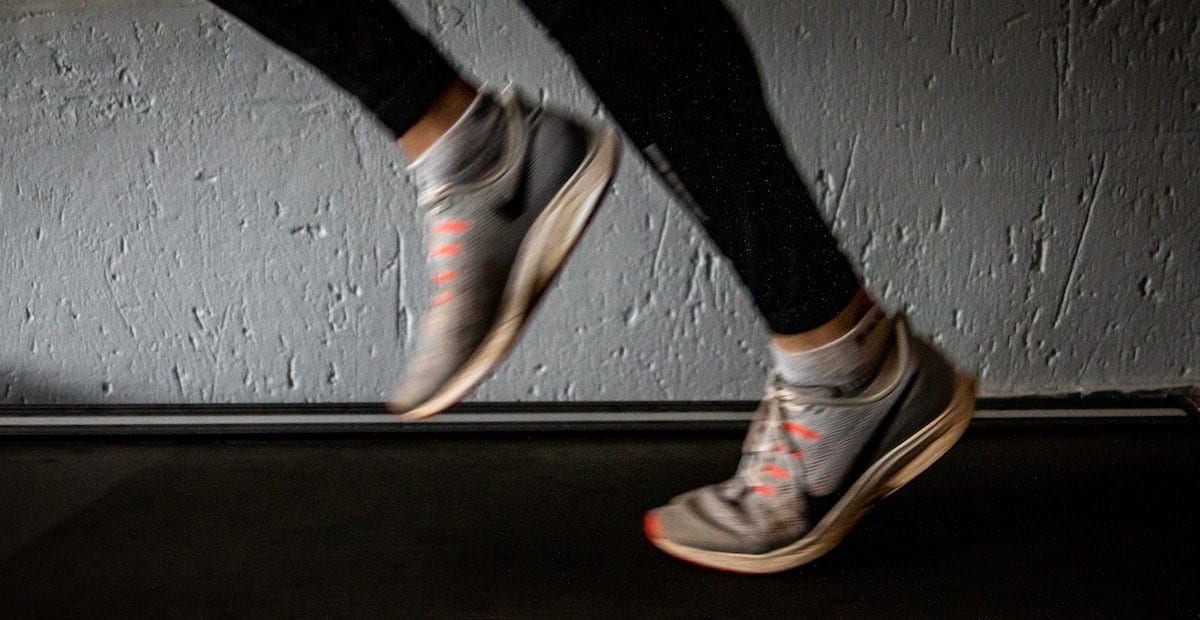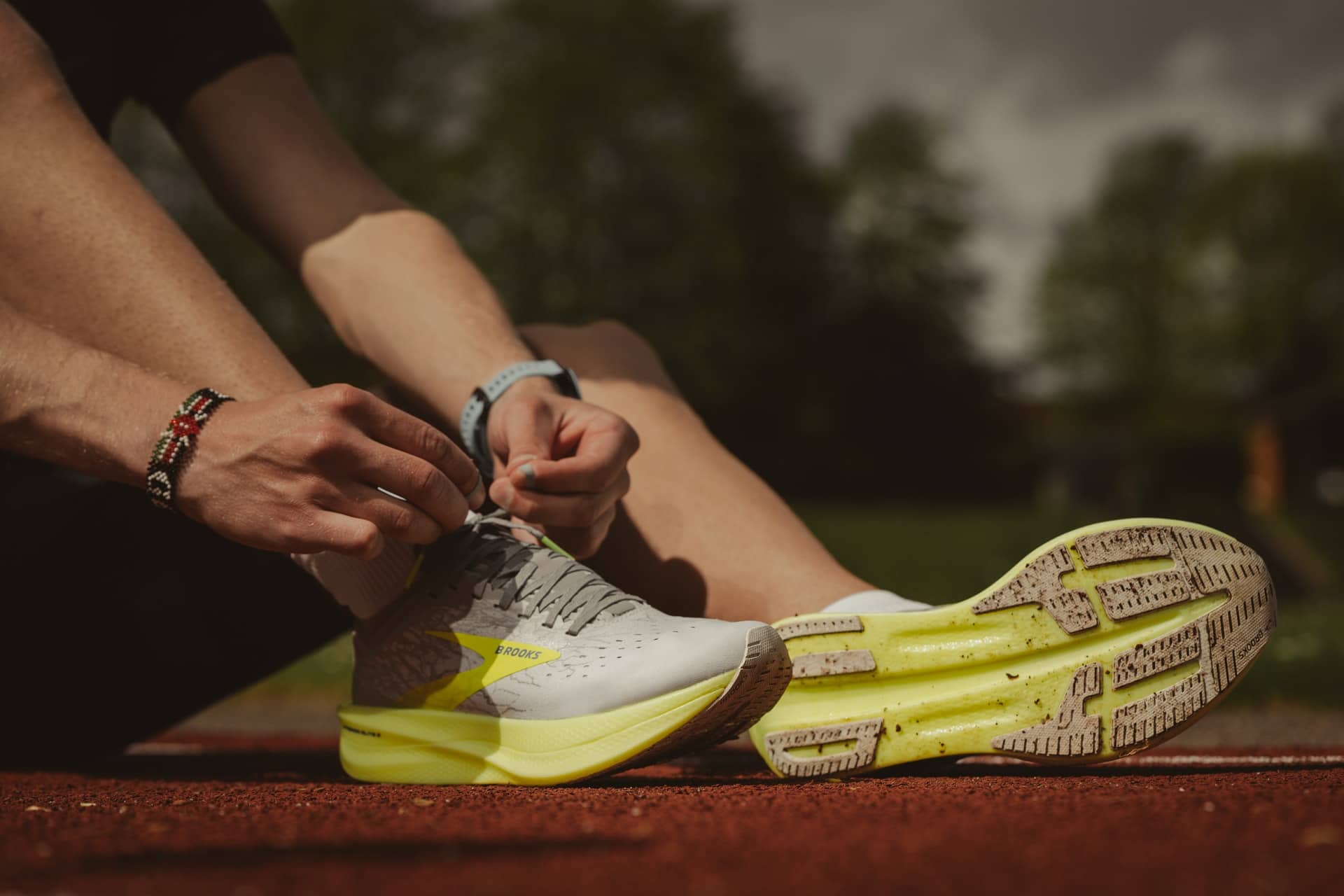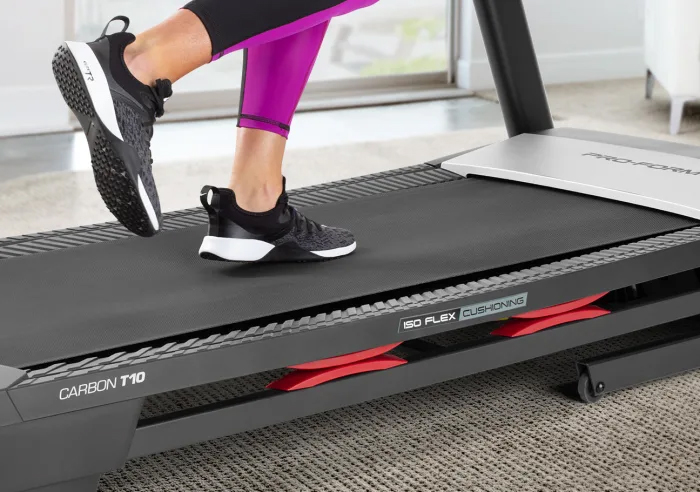
Contents
- Different Shoes for Different Surfaces: Why You Shouldn’t Wear the Same Shoes on a Treadmill as You Do Outside
- The running surface
- Avoid running injuries
- Conclusion
- FAQs
- What are the different types of running shoe?
- What terms and styles of shoes should I look out for?
- When running on a treadmill, should I wear shoes or run on the treadmill barefoot?
- Is walking barefoot or running barefoot outside safe?
- Will I run faster wearing running shoes?
- What are toe socks?
- How often will I need new running shoes?
Different Shoes for Different Surfaces: Why You Shouldn’t Wear the Same Shoes on a Treadmill as You Do Outside
If you’re like most runners, you probably have a go-to pair of shoes that you wear for all of your runs, whether you’re running outside on the pavement or on a treadmill inside. And while there’s nothing wrong with having a favourite pair of shoes, you might want to consider investing in a second pair specifically for running on a treadmill. Here’s why:
The running surface
The main difference between running on a treadmill and running outside is the surface. Treadmills have a softer, more cushioned surface that absorbs impact better than the pavement does. As a result, runners generally don’t need as much support from their shoes when running on a treadmill. However, most runners don’t realize this and still wear their heavy, supportive shoes on the treadmill, which can actually do more harm than good.
Avoid running injuries
Running in shoes that are too heavy or supported can lead to injury because they put unnecessary stress on your joints. This is especially true if you have any pre-existing injuries or issues with your knees, hips, or ankles. So, if you want to avoid injury and keep your joints healthy, invest in a lighter pair of shoes specifically for running on the treadmill.
Conclusion
In short, it’s best to wear different shoes on a treadmill than you would when running outside. Treadmills have a softer surface that doesn’t require as much support from your shoes, so wearing lighter shoes will help reduce your risk of injury. If you’re not sure what kind of shoe to buy, ask a salesperson at your local Running Room or sports store for advice. They’ll be able to help you find the perfect shoe for your needs! I hope this helps with your query as to ‘do I need to wear different shoes on a treadmill’ and please like, share and follow us for more tips and tricks for all your fitness needs.




FAQs
What are the different types of running shoe?
There are three main types of running shoes: stability, motion control, and neutral. Stability shoes are designed for runners who have low arches or who pronate (roll their feet inward when they run), while motion control shoes are for runners with high arches or who supinate (roll their feet outward). Neutral shoes are suitable for most runners with normal arched feet.
What terms and styles of shoes should I look out for?
There are many terms and styles of shoes. These include; running shoes, trail running shoes, training shoes, walking shoes, treadmill shoes, cushioned running shoes
When running on a treadmill, should I wear shoes or run on the treadmill barefoot?
It is not recommended to run on the treadmill barefoot as this can lead to injury. Instead, it is best to wear shoes specifically designed for running on a treadmill. These shoes will be lightweight shoes and have less support than your regular running shoes, which will help reduce your risk of injury.
Is walking barefoot or running barefoot outside safe?
There is some debate on whether or not walking barefoot or running barefoot outside is safe. While there are some risks associated with this, such as stepping on sharp objects or contracting illnesses, there are also some benefits. Walking and running barefoot can help strengthen the muscles in your feet and improve your balance and posture. If you decide to walk or run barefoot outside, be sure to take precautions and pay attention to your surroundings to avoid injury.
Will I run faster wearing running shoes?
No, wearing shoes will not necessarily make you run faster. Whilst wearing proper footwear may provide some support and cushioning, they will not make up for a lack of fitness or poor technique. If you want to run faster, focus on improving your fitness level and perfecting your technique with additional treadmill running.
What are toe socks?
Toe socks are socks that have individual compartments for each toe. They are often used by runners and hikers as they can help prevent blisters and provide additional warmth in cold weather. However, they are not necessary for running on a treadmill, and any type of sock will suffice.
How often will I need new running shoes?
It is recommended to replace your running shoes every 300-500 miles, or every 3-6 months, whichever comes first.